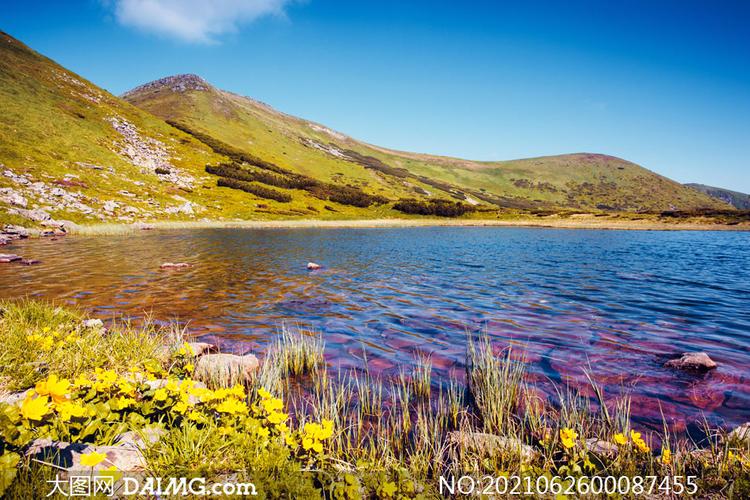Exploring the Vibrant Puerto Rican Clothes Culture: A Journey Through History, Art, and Tradition
Puerto Rico is a small island nation in the Caribbean that is known for its vibrant history, culture, and traditions. One of the most striking aspects of Puerto Rican culture is its clothes, which are a fusion of European, African, and indigenous elements. Puerto Rican clothes are not just a form of dress, but an expression of the island’s rich heritage and unique identity. In this article, we will delve into the history, art, and tradition of Puerto Rican clothes culture to understand what makes it so special.
A Brief History of Puerto Rican Clothes Culture
The history of Puerto Rican clothes culture can be traced back to pre-Columbian times, when the island was inhabited by the Taino people. The Taino were skilled weavers who made cotton and other fabrics using a variety of techniques and designs. When the Spanish arrived in Puerto Rico in the 16th century, they brought with them European fashion, which soon became the norm among the island’s elite. However, the African slaves who were brought to Puerto Rico also had a significant impact on clothes culture, bringing with them their own textile traditions and styles. Over time, a unique fusion of European, African, and indigenous elements emerged, giving birth to the distinctive style of Puerto Rican clothes that we see today.
Art in Puerto Rican Clothes Culture
Puerto Rican clothes are not just functional garments, but works of art. From the intricate embroidery and lacework of the women’s dresses to the bold prints and colors of the men’s shirts, Puerto Rican clothes are characterized by their attention to detail and creativity. Many of the traditional garments have symbolic meanings, such as the guayabera shirt, which is worn for special occasions and represents elegance and status. Other garments, such as the bomba skirt, are associated with specific dance styles and are designed to move fluidly with the body. Puerto Rican clothes are also notable for their use of natural fibers and dyes, such as cotton, linen, and indigo.
Traditions in Puerto Rican Clothes Culture
In addition to their artistic and historical significance, Puerto Rican clothes are deeply rooted in tradition. Many of the traditional garments are worn to mark important events in a person’s life, such as weddings, baptisms, and quinceaneras. The clothing worn for these occasions often reflects the wearer’s social status, gender, and regional identity. For instance, the blouses worn by women in the mountainous regions of Puerto Rico are different from those worn in the coastal regions, reflecting the diversity of the island’s geography and culture. Traditional Puerto Rican clothes are also closely tied to the island’s music and dance, with specific garments and accessories worn for each style.
Conclusion
Puerto Rican clothes culture is a complex and fascinating subject that speaks to the island’s rich history, art, and tradition. From the Taino weavers and Spanish aristocrats to the African slaves and modern-day designers, Puerto Rican clothes represent a fusion of cultures and influences that is truly unique. By exploring the history, art, and tradition of Puerto Rican clothes culture, we gain a deeper understanding of the island’s identity and the role that clothing plays in expressing it. Whether worn for special occasions or everyday life, Puerto Rican clothes are a testament to the island’s creativity, beauty, and resilience.
(Note: Do you have knowledge or insights to share? Unlock new opportunities and expand your reach by joining our authors team. Click Registration to join us and share your expertise with our readers.)
Speech tips:
Please note that any statements involving politics will not be approved.
